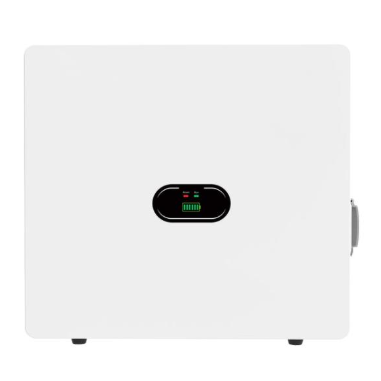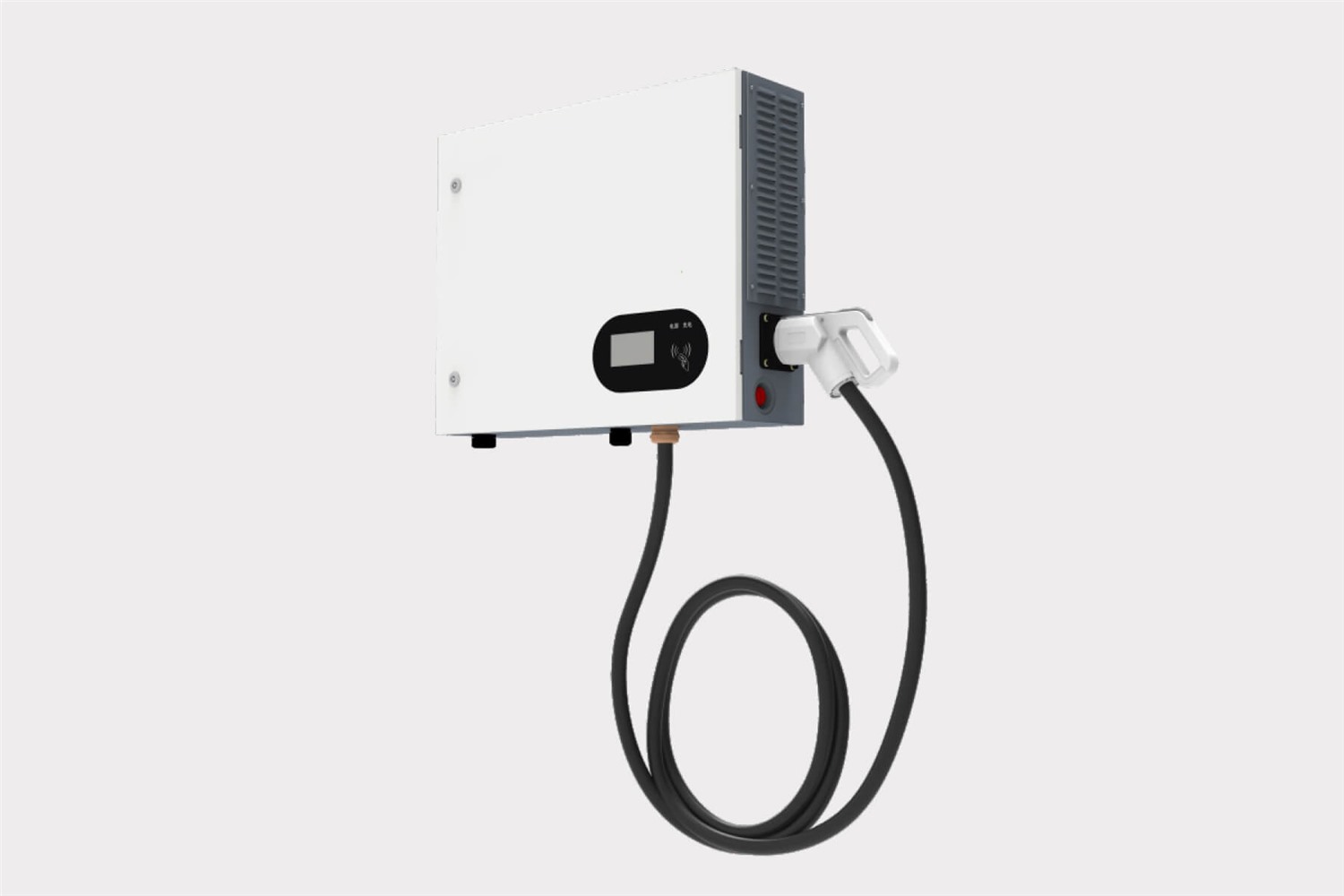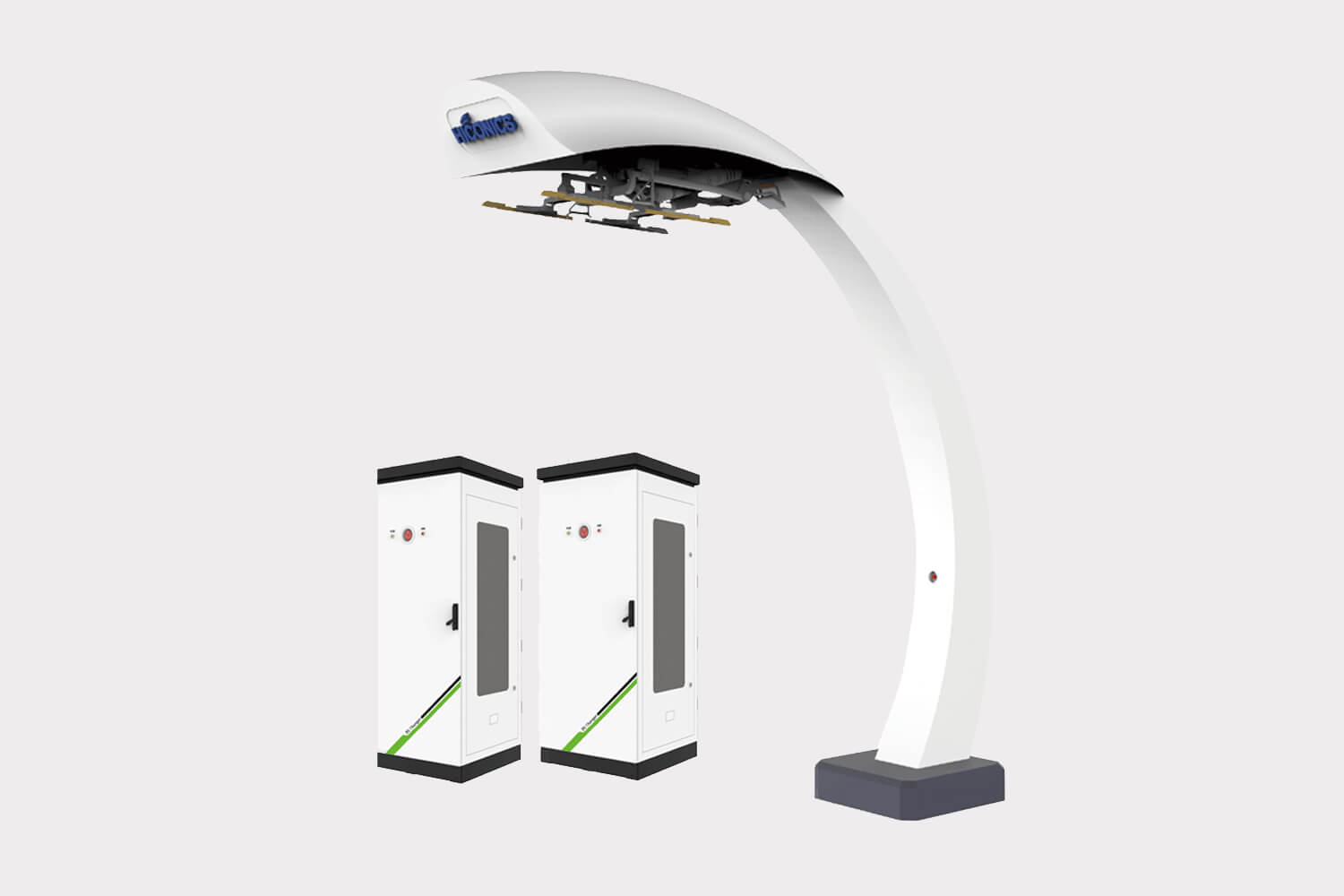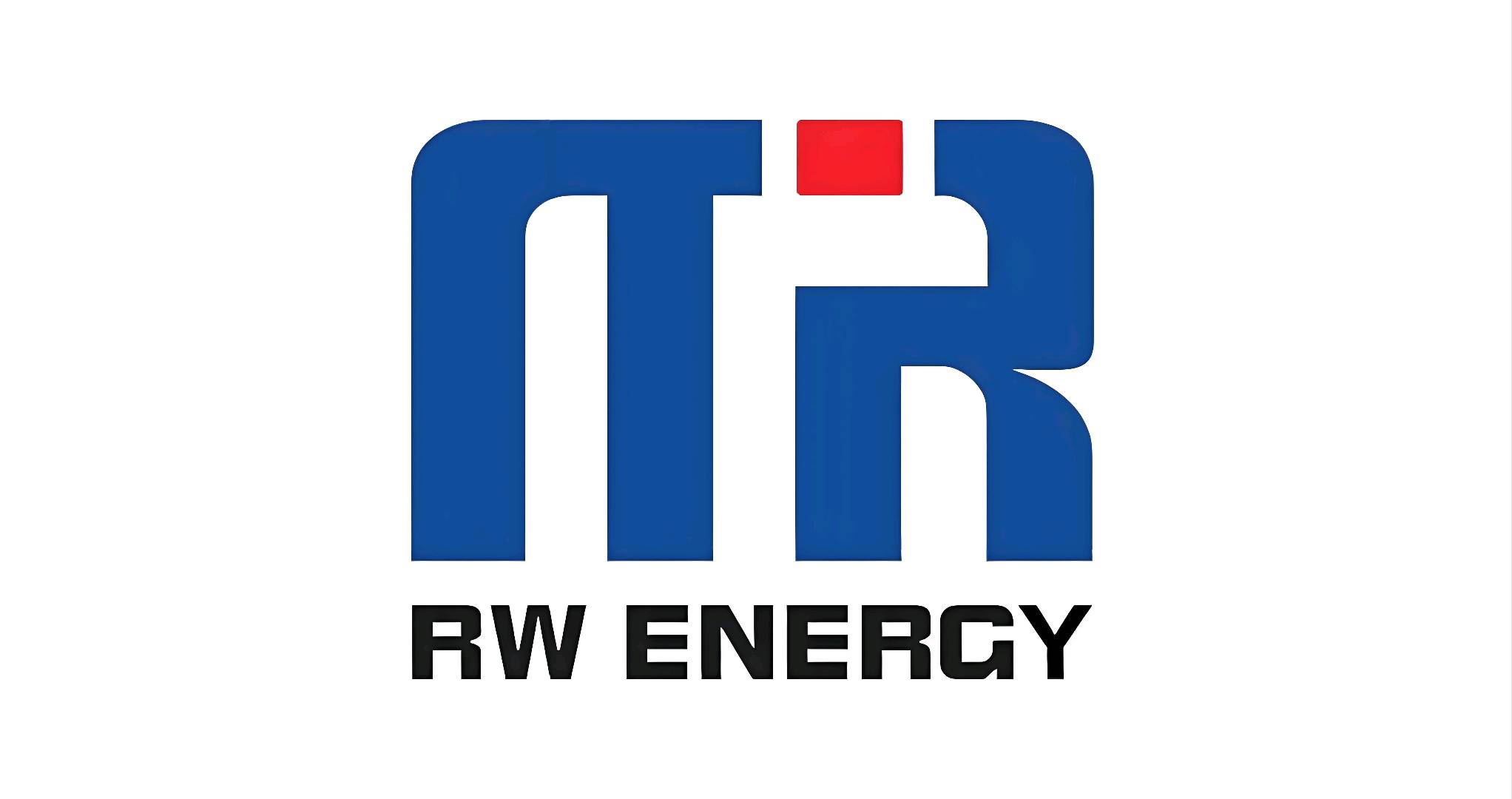Residential Battery Storage: Energize Your Future & Claim Home Energy Freedom
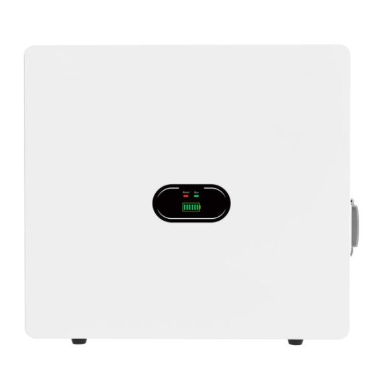
Residential Battery Storage: Energize Your Future & Claim Home Energy Freedom
Imagine this: A violent thunderstorm sweeps through your neighborhood. Outside, transformers crackle as the grid fails - lights flicker, Wi-Fi dies, refrigerator hums fall silent. Yet inside your home? Lights blaze, internet streams, your family safely gathers. This is the power of residential battery storage: reclaiming control and energy independence for the modern American household.
In our pursuit of "green electricity home plans," traditional solutions often stop at solar panels. While rooftop solar captures vital energy, without storage, excess power flows unused back into the grid. To transform into a true resilient, self-sustaining home, residential battery storage is your essential missing component.
The Challenges Facing US Households:
Increased Grid Vulnerability: Wildfires in California, hurricanes along the Gulf Coast, extreme winter storms in Texas – growing climate volatility makes blackouts an unsettling reality.
Escalating Electricity Bills: Utility costs continue their upward trend, directly impacting family budgets.
Maximizing Renewable Potential: Without storage, solar panels often export surplus energy back at low rates (especially under policies like California’s new NEM 3.0), squandering potential savings.
Environmental Responsibility: Consumers increasingly demand ways to reduce fossil fuel dependency and actively contribute to emission reduction.
Residential Battery Storage: Your Core Solution for Energy Autonomy & Resilience
Modern battery systems serve as the foundational element for achieving full home energy freedom and stability:
Uninterrupted Power During Outages: When grid power disappears, your storage system instantly activates, providing essential backup power – lights, refrigeration, critical medical devices stay online.
Balanced Home Energy: Experience smoothed voltage, fewer interruptions, and cleaner power for sensitive electronics. No more lamps flickering when large appliances start.
Maximized Self-Consumption & Savings: Store surplus daytime solar energy for use during costly evening peak periods or cloudy days. Reduce reliance on grid purchases. This is especially crucial under policies like NEM 3.0 where net metering provides reduced compensation for exports.
Strengthened Green Commitment: Maximize usage of your on-site renewable energy, actively lowering your carbon impact. Move beyond partial to full sustainable living.
Participation in Grid Services (Potential): Earn credits or payments by allowing your utility to access stored power during high-demand events (dependent on local utility programs).
Incentives Unlock Affordability: Current US Landscape (Examples)
Federal, state, and local programs significantly lower the entry barrier:
Federal Solar Investment Tax Credit (ITC): Currently 30% of total installation cost (panels + storage + installation) credited against federal taxes. This drops to 26% after 2032. (e.g., A 15,000systeminstallreceivesa15,000 system install receives a 15,000systeminstallreceivesa4,500 tax credit)
State & Local Incentives Vary:
California: Self-Generation Incentive Program (SGIP), providing substantial rebates, especially for higher-risk fire zones.
Massachusetts: ConnectedSolutions program pays for energy provided back during peak demand events.
New York: NYSERDA offers rebates for pairing storage with solar.
Arizona: Tax credit capped at $1,000.
Utility Programs: Programs such as Demand Response offer rewards for reducing consumption during peak times. Certain providers (notably in select regions) offer reduced storage rates.
Success Story: The Johnsons in Houston, Texas
After Hurricane Ida caused extensive damage, they equipped their home with a solar and Tesla Powerwall system. When Winter Storm Uri caused massive grid collapse statewide:
Impact: Their home maintained uninterrupted power and heat for 3 days despite widespread outages.
Estimated ROI: Monthly savings + avoided losses (food spoilage, hotel costs) point towards system payback in ~7-8 years, before calculating potential storm resilience value.
Your Next Step Towards Energy Independence:
The path to a truly resilient, independent, and sustainable home starts with exploring battery storage. With supportive financial incentives, it is more attainable than ever.
Schedule a Free Home Evaluation: Get personalized insights tailored to your location and specific needs.
Use an Online Savings Calculator: Input your location and utility data for estimates of savings and payback periods.
Consult Experienced Installers: Speak with qualified local installers knowledgeable about your region's incentives.

